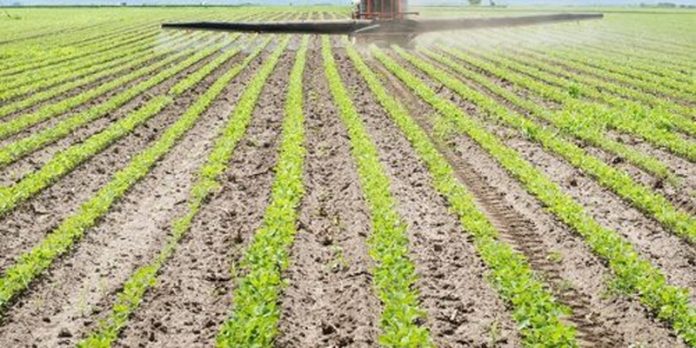The recent decisions by the Union Cabinet, chaired by Prime Minister Narendra Modi, mark a significant stride in supporting India’s agricultural sector, reaffirming the Government’s commitment to farmer welfare. The Cabinet’s approval of a one-time package to subsidise Di-Ammonium Phosphate fertiliser, alongside the extension of two critical crop insurance schemes, Pradhan Mantri Fasal Bima Yojana and Restructured Weather-Based Crop Insurance Scheme, sends a strong message of prioritising agricultural resilience and sustainability.
Agriculture remains the backbone of India’s economy, with millions of farmers relying on Government initiatives to mitigate risks associated with unpredictable weather patterns and market fluctuations. The decision to extend PMFBY and RWBCIS until 2025-26 aligns these schemes with the 15th Finance Commission period, ensuring consistency and sustained support. The enhanced outlay of Rs 69,515.71 crore for these schemes over five years, compared to Rs 66,550 crore allocated in the previous period, underscores the Government’s acknowledgement of the growing challenges faced by farmers. PMFBY, with its focus on yield-based risk coverage, and RWBCIS, which addresses weather-related risks, have proven to be vital tools in safeguarding farmers’ livelihoods. Together, they provide financial assistance to those affected by natural calamities, securing not just crops but also the financial stability of farming households. However, effective implementation remains a key challenge. The creation of a separate fund for Innovation and Technology (FIAT) with a corpus of Rs 824.77 crore is a welcome move. Leveraging technology for faster damage assessment, claim settlements, and digital enrolments can enhance the efficiency and coverage of these schemes.
The Cabinet’s approval of a one-time package of Rs 3,850 crore to subsidise DAP fertiliser reflects the Government’s proactive approach to address the soaring input costs faced by farmers. The subsidy ensures that the retail price of DAP remains at Rs 1,350 per 50 kg bag, insulating farmers from the volatility of global market conditions and geopolitical uncertainties. This decision is particularly significant in the context of the critical role DAP plays in Indian agriculture. As a key phosphatic fertiliser, DAP’s affordability directly impacts the productivity and profitability of farming operations. By maintaining a stable price, the Government has alleviated a major concern for farmers, enabling them to focus on their crops rather than worrying about spiralling input costs. The announcement also highlights the importance of the nutrient-based subsidy scheme, which has governed subsidies on phosphatic and potassic fertilisers since 2010.
While these decisions are commendable, their success depends on effective implementation and outreach. Farmers’ awareness about the benefits of PMFBY, RWBCIS, and the DAP subsidy needs to be enhanced through targeted communication campaigns. Additionally, measures should be taken to simplify the enrolment process for crop insurance schemes and ensure timely claim settlements, which remain persistent challenges. The creation of FIAT is an encouraging step towards addressing these issues. By incorporating digital technologies, including satellite imagery and mobile applications, the Government can streamline processes, reduce disputes, and improve transparency. These innovations can also help identify gaps in coverage and ensure that benefits reach even the most marginalised farmers.
While these decisions provide significant immediate relief, the Government must also focus on long-term strategies to strengthen the agricultural sector. Investments in sustainable farming practices, soil health management, and water conservation are crucial to ensuring the sector’s resilience against climate change and other systemic challenges. Moreover, addressing issues such as fragmented land holdings, inadequate access to credit, and limited market linkages can help farmers achieve greater financial independence. The Government’s efforts should also include promoting value addition and agri-entrepreneurship, enabling farmers to derive maximum value from their produce.
The extension of crop insurance schemes and the subsidisation of DAP fertiliser are timely and crucial interventions. As the implementation unfolds, the focus must remain on ensuring accessibility, efficiency, and inclusivity. By addressing the immediate challenges while laying the groundwork for long-term agricultural sustainability, India can truly honour its farmers and fortify its journey towards self-reliance in agriculture.
Trending Now
E-Paper


